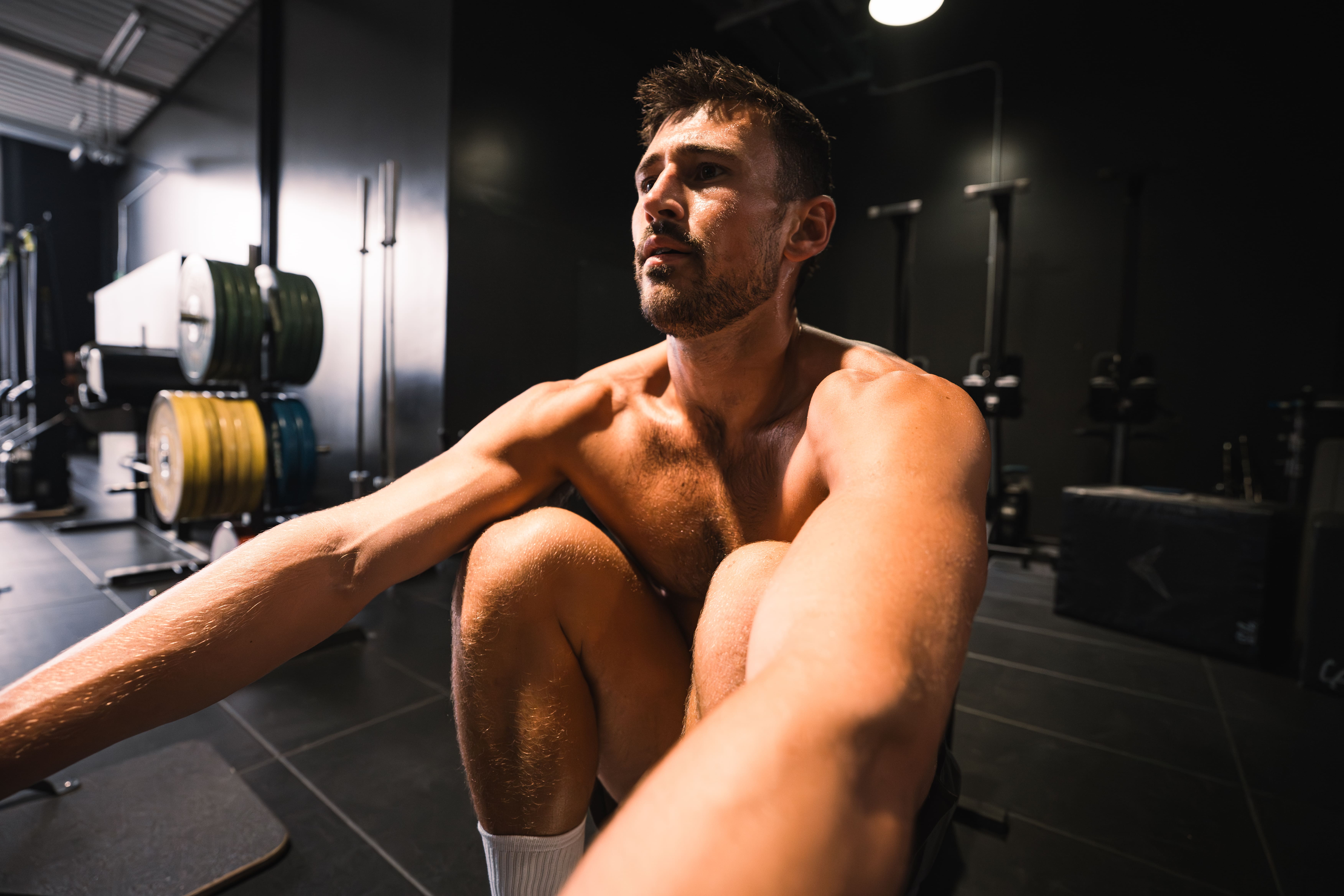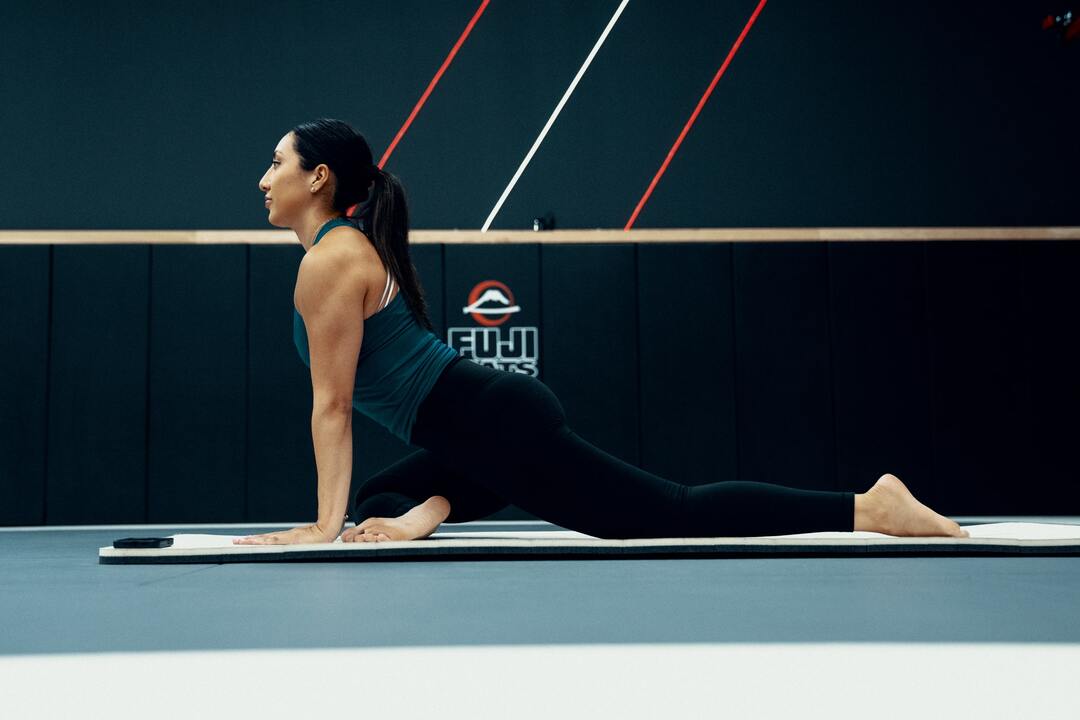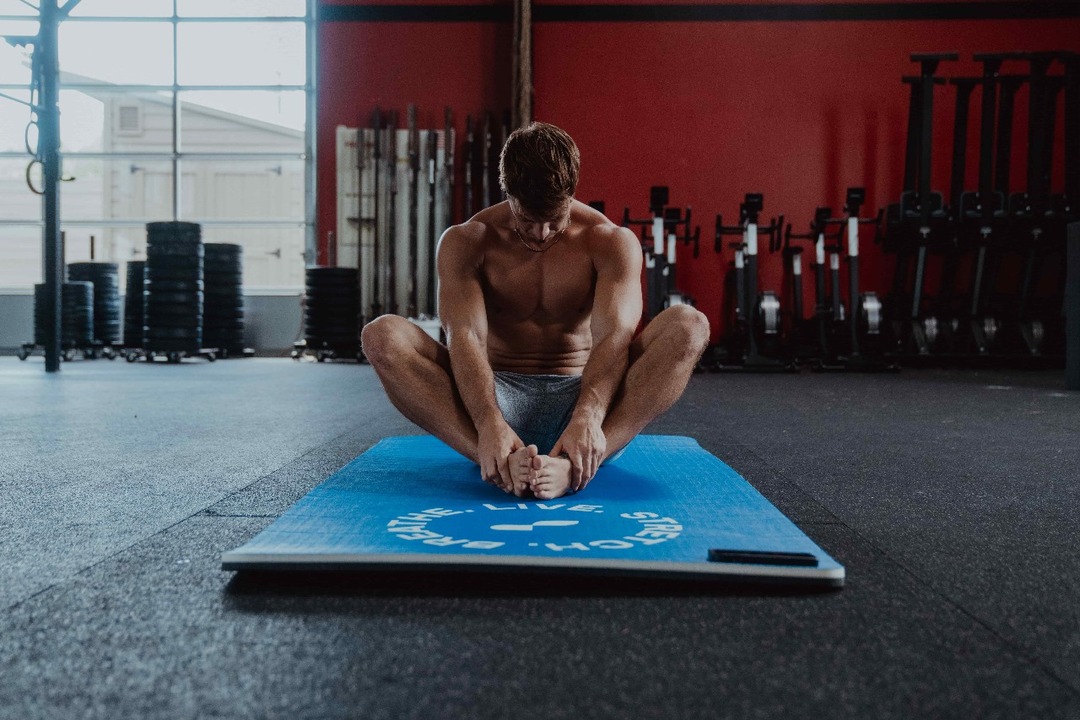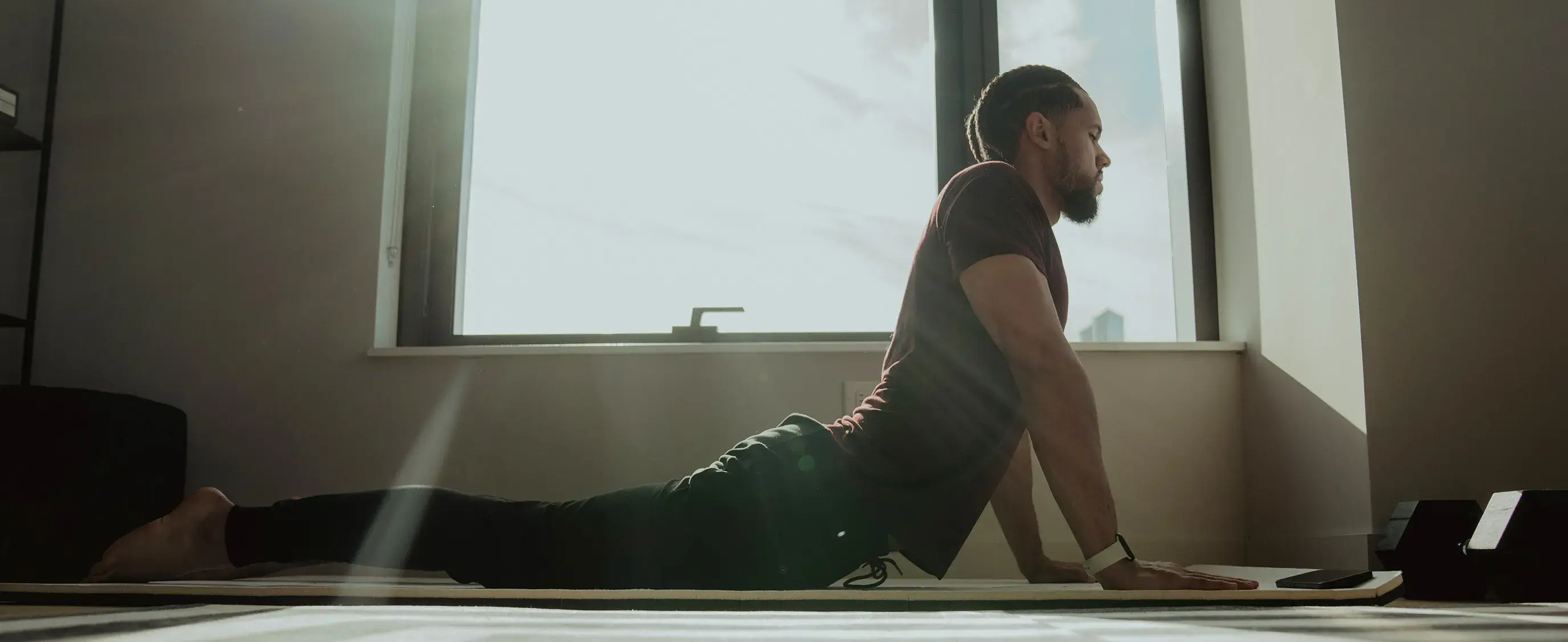Tight muscles can sneak up on you like a stubborn knot you can't quite shake. It could be from sitting all day at work or pushing through a challenging workout. Whatever the cause, tight muscles can leave you feeling stiff and uncomfortable, making everyday movements a real challenge. One of the simplest solutions is to follow some of the Exercises for Stiff Neck and Shoulders that target common problem areas and restore mobility. This article is designed to help you feel flexible, pain-free, and confident in your ability to move and live a daily life without the constant worry of back pain returning. We'll explore practical ways to stretch out tight muscles, helping you feel better and move more freely.
If you're looking to take your flexibility to the next level, consider trying a mobility app like Pliability. It offers tailored routines to help you improve flexibility and reduce pain, allowing you to move with ease and confidence in your daily life.
How Can Stiff and Tight Muscles Result in Back Pain?
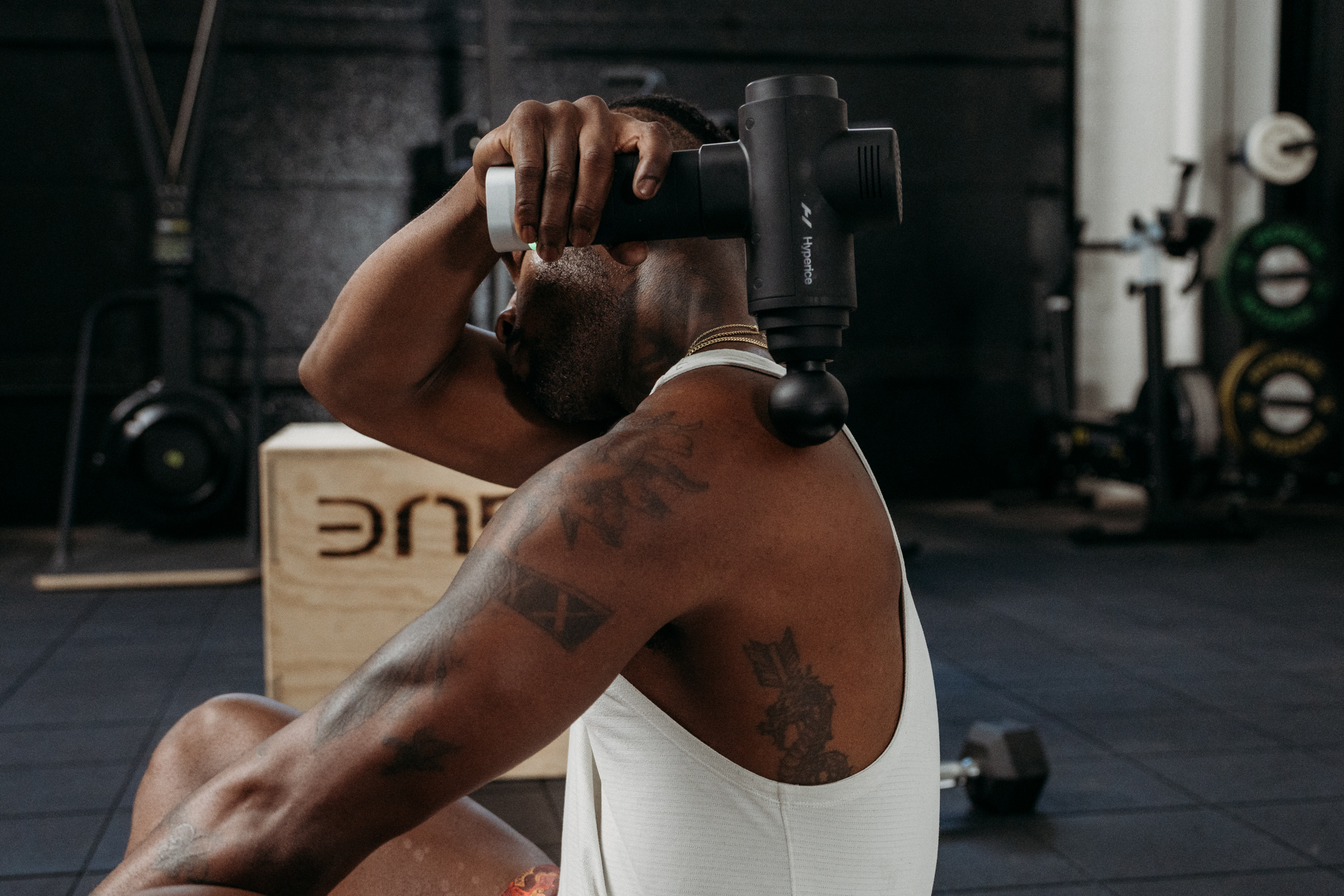
Muscle stiffness often arises when specific muscles are overworked or are compensating for others that aren’t functioning correctly. For instance, sitting at a desk for extended periods can lead to tight hip flexors. As these muscles stiffen, they can tilt the pelvis forward, altering the natural curve of the lower back.
This creates an imbalance, forcing other muscles to compensate, which often leads to pain and discomfort. Tight muscles can lead to poor posture, which in turn adds stress to the spine and ultimately results in back pain.
Muscle Tightness as a Warning Sign
When a muscle becomes tight, it’s often a signal that something isn’t right. Think of it as your body’s way of alerting you to an imbalance. If you frequently stretch a muscle and it doesn’t improve, it’s likely overworking to compensate for another muscle that isn’t pulling its weight.
This tight muscle is like a generator stepping in when the power goes out, but it can only run so long before it runs out of gas. If we ignore these signals, we risk joint strains or even fractures.
Why Morning Back Pain is Worse
If you find your back pain is worse in the morning, it’s often due to muscle stiffness from a lack of movement during the night. This can lead to discomfort as you get out of bed, but it usually improves as you move around and your muscles warm up.
Stiff muscles around the spine can reduce blood flow, leading to fatigue and spasms. This often results in localized back pain or even discomfort that radiates to other areas.
Common Culprits of Muscle Stiffness and Back Pain
Certain muscles are prone to stiffness, which can contribute to back pain. Tight hamstrings can pull on the lower back, causing strain. Stiff hip flexors can cause the pelvis to tilt forward, which increases the curvature of the lower spine and leads to discomfort.
A tight piriformis can compress the sciatic nerve, resulting in lower back pain and sciatica. The erector spinae muscles, which run along the spine, can limit flexibility and increase the risk of injury when they’re tight.
Related Reading
- Why Do I Have Trouble Walking After Sitting
- Why Am I Sore After Stretching
- What Do Tight Muscles Look Like
- Why Do Muscles Get Tight
- Why is Hip Mobility Important
- How Can Stiff and Tight Muscles Result in Back Pain?
- Why is My Back So Stiff
- Why Are My Shoulders So Tight
- How to Prevent Morning Stiffness
What to Do for Tight Muscles to Relieve Back Pain

Muscle tightness can result from various factors, including poor posture, muscular imbalances, or stress. It's essential to determine whether the cause is something you can manage at home or if professional help is needed.
Sometimes, tight muscles might be linked to a more serious condition. If you're unsure or experiencing persistent discomfort, consulting a healthcare provider or physical therapist is a smart step.
Stretching and Yoga for Muscle Relief
Consistent stretching can reduce muscle stiffness and improve flexibility. Static stretching, where you hold a position for a while, is particularly effective. Yoga also offers a holistic approach, combining stretching and strengthening to alleviate tightness.
Yin yoga focuses on longer stretches, while Ashtanga or Vinyasa yoga incorporates dynamic movements to build strength. These methods increase flexibility and reduce stress, which can help manage conditions like fibromyalgia.
Simple Stretches to Try at Home
If you're looking for stretches to ease muscle tension, consider these three moves that target the shoulders, back, and legs. Arm sweeps warm up the shoulders and back. Back bends gently stretch your spine. Chair pose strengthens and stretches your lower body, particularly your legs. Perform each exercise slowly and with control, avoiding excessive effort.
Calf Stretch
To stretch the calf muscles, stand at arm's length from a wall, with your right foot behind your left foot. Slowly bend your left leg forward, keeping your right heel on the floor. Hold for about 30 seconds, then switch legs. For a deeper stretch, slightly bend your right knee as you bend your left leg forward.
Hamstring Stretch
Lie on the floor near a wall, raising your left leg to rest your heel against the wall. Keep your knee slightly bent, then gently straighten your left leg until you feel a stretch along the back of your thigh. Hold for about 30 seconds, then switch legs. Gradually increase the stretch by moving closer to the wall.
Quadriceps Stretch
Stand near a wall for support, grasp your ankle, and gently pull your heel up and back until you feel a stretch in your thigh. Tighten your abs to prevent your stomach from sagging. Hold for about 30 seconds, then switch legs.
Hip Flexor Stretch
Kneel on your right knee with a towel under it for cushioning. Place your left foot in front, left hand on your left leg for stability, and right hand on your right hip. Lean forward, shifting weight onto your front leg until you feel a stretch in your right thigh. Hold for about 30 seconds, then switch legs.
Iliotibial Band Stretch
Stand near a wall for support, cross your left leg over your right at the ankle, and extend your left arm overhead, reaching toward your right side. Hold for about 30 seconds, then switch to the other side.
Knee-to-Chest Stretch
Lie on your back, pull one knee to your chest until you feel a stretch in your lower back, keeping your other leg relaxed. Hold for about 30 seconds, then switch legs.
Shoulder Stretch
Bring your left arm across your body and hold it with your right arm. Hold for about 30 seconds, then switch to the other arm.
Shoulder Stretch with Towel
Hold a rolled-up towel with both hands and pull it upward with your top hand. You'll feel a stretch in the opposite shoulder. Hold for about 30 seconds, then switch hands.
Neck Stretch
Bend your head forward and slightly to the right, using your right hand to pull your head downward gently. Hold for about 30 seconds, then switch to the other side.
Massage Techniques for Tension Relief
Massage can ease muscle pain and tension. You can visit a professional therapist or try self-massage at home using techniques like effleurage, petrissage, or tapotement. If you're unsure about what feels right, start with gentle strokes and adjust as needed. If it hurts, reduce the pressure or stop until you speak with a doctor.
Applying Heat to Soothe Muscles
Heat is a simple, effective way to relax tight muscles. Use a warm compress, take a warm bath, or apply a heated massager. These methods can help reduce short-term muscle pain and improve function.
Physical Therapy for Muscle Mobility
Physical therapy can be beneficial for addressing muscle stiffness. A physical therapist can provide guidance on exercises and treatments to help you improve mobility and manage pain. If needed, they may also use therapies like heat or cold to enhance your recovery.
Related Reading
- Stiff Feet in the Morning
- How Can Poor Posture Result in Back Pain?
- How Long Stiff Neck Last
- Stiff Feet in the Morning
- Why Does My Knee Feel Stiff
- How to Treat Stiff Fingers in the Morning
- Joint Stiffness in the Morning
- Why Are My Calf Muscles So Tight
- How to Loosen Tight Lower Back Muscles While Standing
- How to Loosen Tight Muscles in Legs
Tips to Build a Long-Term Back-Friendly Routine
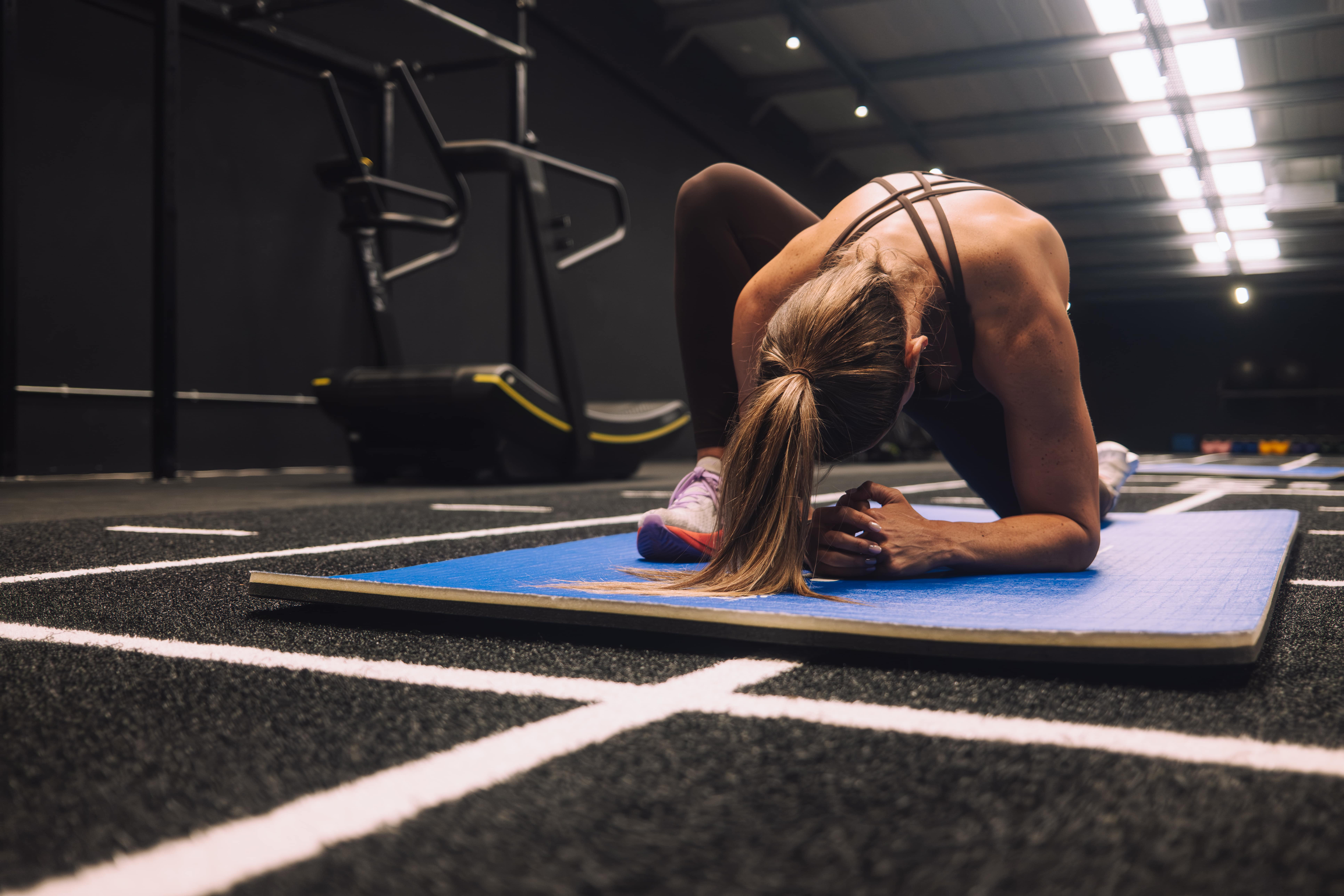
Stretching is a game-changer when it comes to keeping muscles loose and supporting your back. Targeted stretches can help alleviate stiffness, improve flexibility, and reduce muscle tension, ultimately easing back pain. Focus on stretches that target the hamstrings, hip flexors, and other key muscle groups.
These areas often contribute to back pain, so giving them some attention can make a big difference. The more you stretch, the more you improve your flexibility, which makes it easier to move without pain.
Building Strength to Support Your Spine
Building strength in the core and surrounding muscles can help support the spine and prevent imbalances that lead to pain. The stronger these muscles are, the less likely you are to experience discomfort.
Regular strengthening exercises can improve your posture and help reduce the risk of back pain. This is because when your muscles are strong enough to support your body, you're less likely to hunch or slump.
Relieving Stiffness and Pain with Massage
Massage therapy can help increase blood flow to stiff muscles, reduce stiffness, and alleviate pain. This is because the gentle pressure of massage can encourage circulation and help relax tense areas. Plus, it can just feel good to have someone work out the kinks, especially if you've been dealing with stiffness for a while.
Relaxing Muscles with Heat Therapy
Applying heat to stiff muscles can relax them, improve circulation, and reduce discomfort. This is because the warmth encourages blood flow and helps your muscles release tension.
While it can be tempting to reach for ice, heat is typically more effective for easing stiffness. Using a heating pad or taking a warm bath are both great options.
Maintaining Good Posture Throughout the Day
Maintaining good posture throughout the day can prevent muscle stiffness and reduce the risk of back pain. When you keep your body aligned, you’re less likely to strain your muscles. This means you’ll be more comfortable and less likely to deal with stiffness later on. By being mindful of your posture, you can improve your overall comfort and reduce the risk of back pain.
Supporting Muscle Health Through Hydration and Nutrition
Staying hydrated and consuming a balanced diet rich in essential nutrients can support muscle health and prevent stiffness. Water is necessary for healthy muscles, as it helps prevent cramping and keeps your tissues functioning properly. Eating a diet that includes plenty of fruits, vegetables, lean proteins, and whole grains can ensure your body has the nutrients it needs to support your muscles.
Improve Your Flexibility with Our Mobility App Today | Get 7 Days for Free on Any Platform

Pliability offers a refreshing take on yoga, designed for those focused on enhancing their performance. This app features a vast library of high-quality videos designed to enhance flexibility, aid recovery, and boost range of motion. It's perfect for anyone feeling limited by tight muscles or pain. The unique body-scanning feature pinpoints mobility issues, allowing users to target specific areas.
By complementing existing fitness routines, Pliability helps users move better and reduce discomfort. The app updates daily with custom mobility programs, making it easy to optimize health and fitness. You can try it for free for seven days on your iPhone, iPad, Android device, or on the website.
Related Reading
- Can Tight Hips Cause Knee Pain
- How to Loosen Tight Forearm Muscles
- Why Do My Legs Feel Tight and Heavy
- Why Does My Forearm Feel Tight
- What Causes Stiff Neck
- How to Loosen Tight Jaw Muscles
- Why Do My Hands Feel Tight
- How to Loosen Tight Hips and Lower Back
- How to Loosen Tight Scalp Muscles
